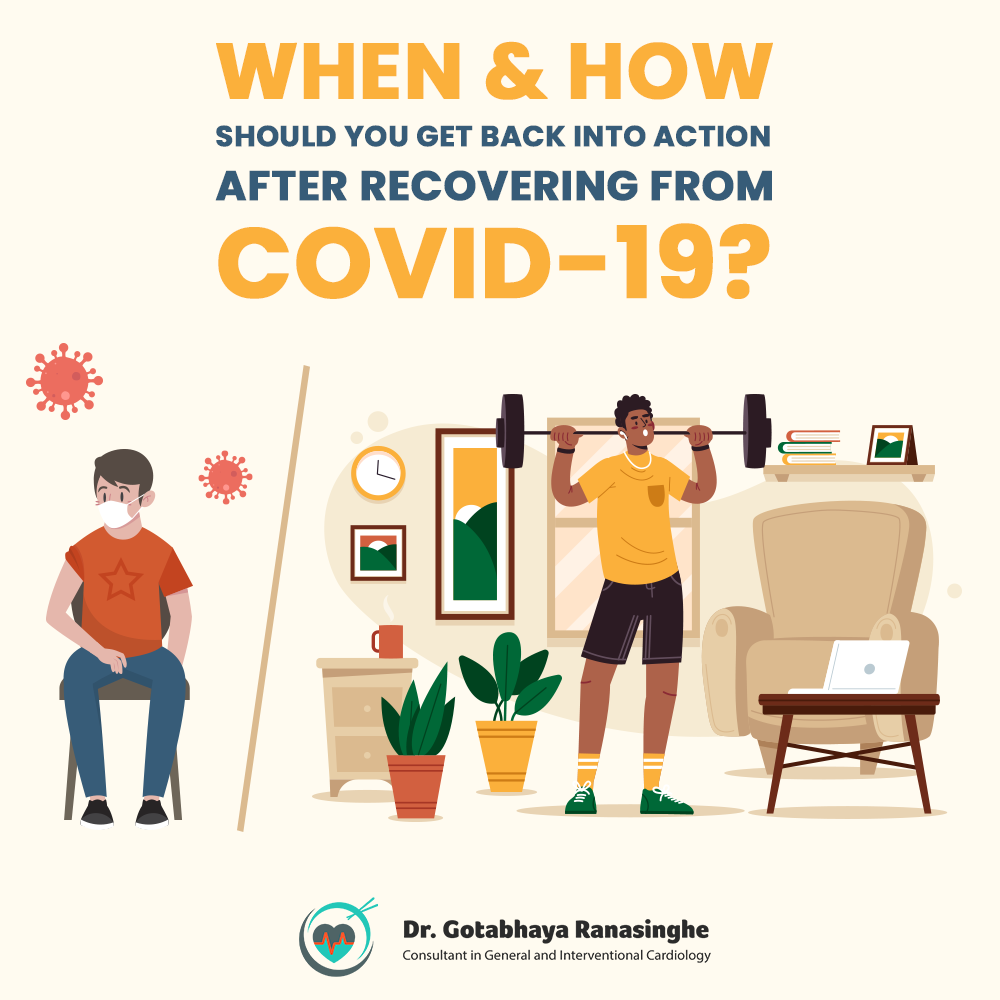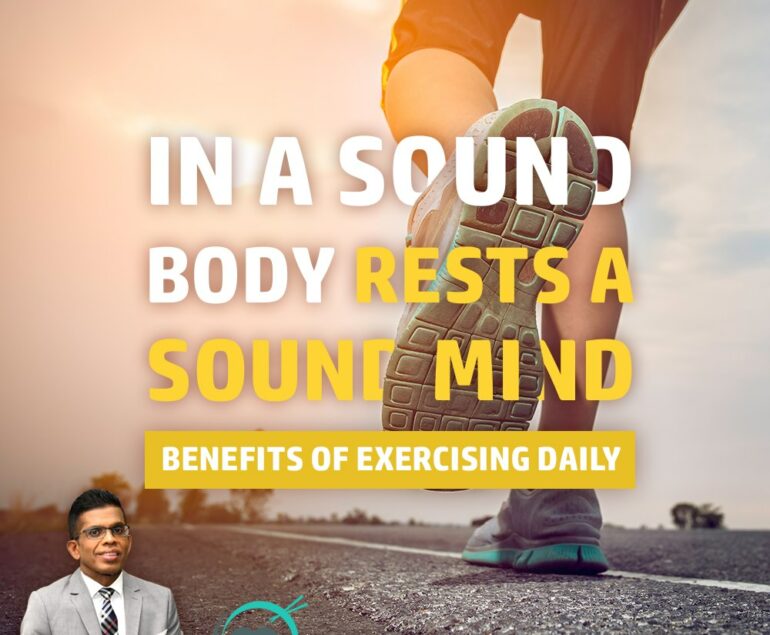When & How Should You Get Back into Action After Recovering from COVID-19?
We know that the COVID virus can lead to damage of the heart, brain, lungs & kidneys, but there’s no way to pinpoint or predict who exactly these individuals will be. Whether you’re a student, athlete, or an active adult who has recovered from COVID-19, you’re most likely itching to get back on the field or resume your exercise routine. You might be wondering what activities you can do while you wait out the infection. But staying patient and taking things slowly at a rate that your body could sustain is always better than inviting unintended harm upon yourself no matter how tempting it feels to start sweating right after recovering from COVID-19. Rushing the process could put your health in jeopardy.
Getting back to your usual exercise routine soon after recovering from a COVID-19 infection, requires a certain amount of restraint to safely achieve optimal results. If you jump right back into your workouts at full speed and don’t allow your body the time to rest or heal, it could actually take longer for you to regain your fitness, or even worse, lead to detrimental consequences like heart failure, heart attack or even cardiac arrest.
Resuming physical activities after having COVID-19 has an extra layer of complexity because of its potential complications, such as myocarditis (inflammation of the heart muscle) for those individuals known as long haulers, who experience prolonged symptoms of the virus. In the light of accumulated findings & insights about the behavior of the COVID virus, we should understand that it affects people differently, and each individual experiences and recovery varies from patient to patient.
I recommend everyone; especially patients with an underlying cardiovascular or pulmonary condition, people who had only mild to moderate symptoms, or even asymptomatic patients to consult your physician so that they can have some discussion about how to begin to return to exercise appropriately as well as how to increase intensity appropriately. You get to run certain tests like ECGs, blood tests, or even a heart scan before you embark on your physical activity.
So starting slow, gradually catching up on your speed & understanding the improvement of your endurance in the process will help you get back on track without having to encounter life-threatening situations.
Finally, as more and more people are being tested positive at a rate every day, it is advised to wear masks & practice social distancing when exercising indoors. But I advise choosing outdoor as much as possible as it can help lower the transmission of COVID-19. We certainly know more now than we did when the pandemic began, but much is still unknown about the long-term effects of COVID-19!




